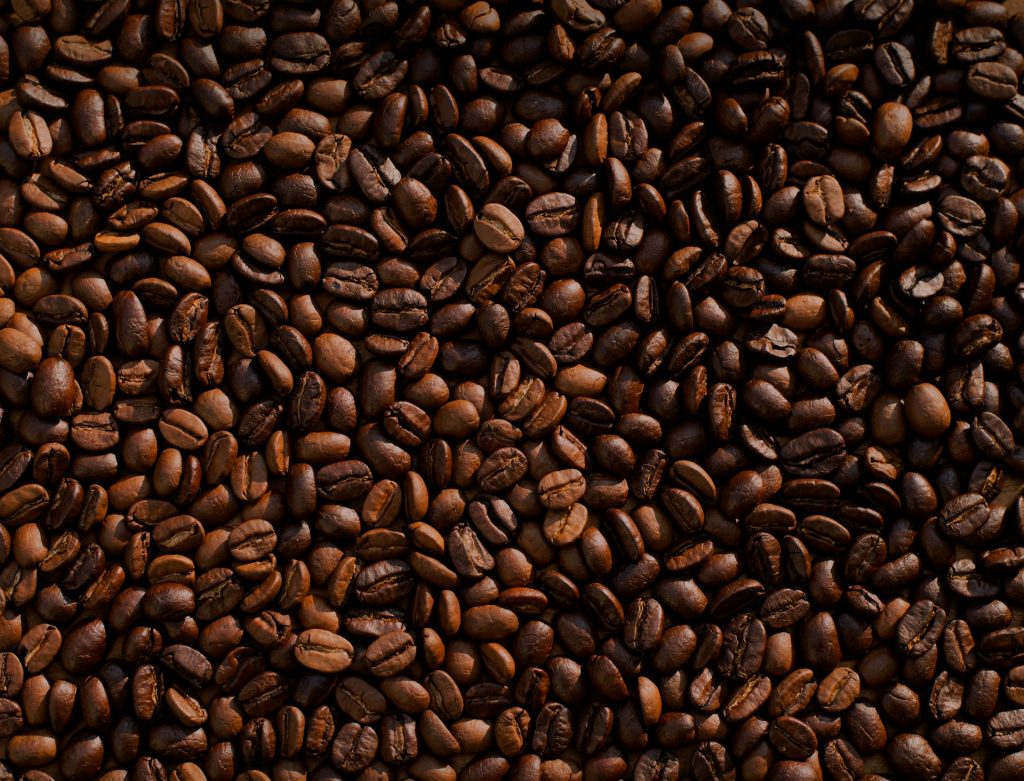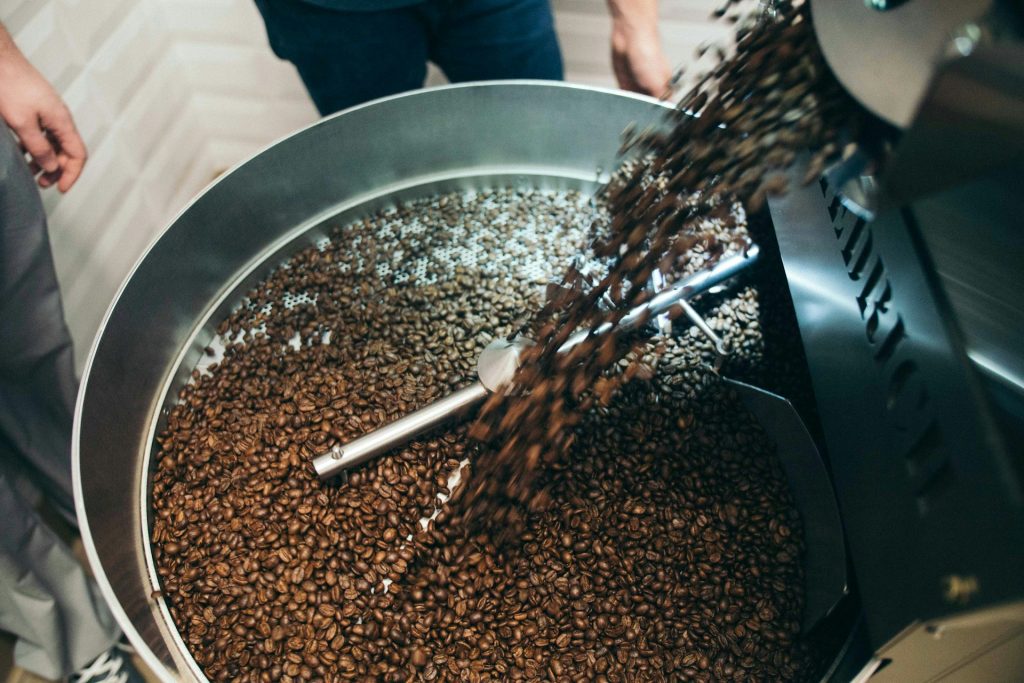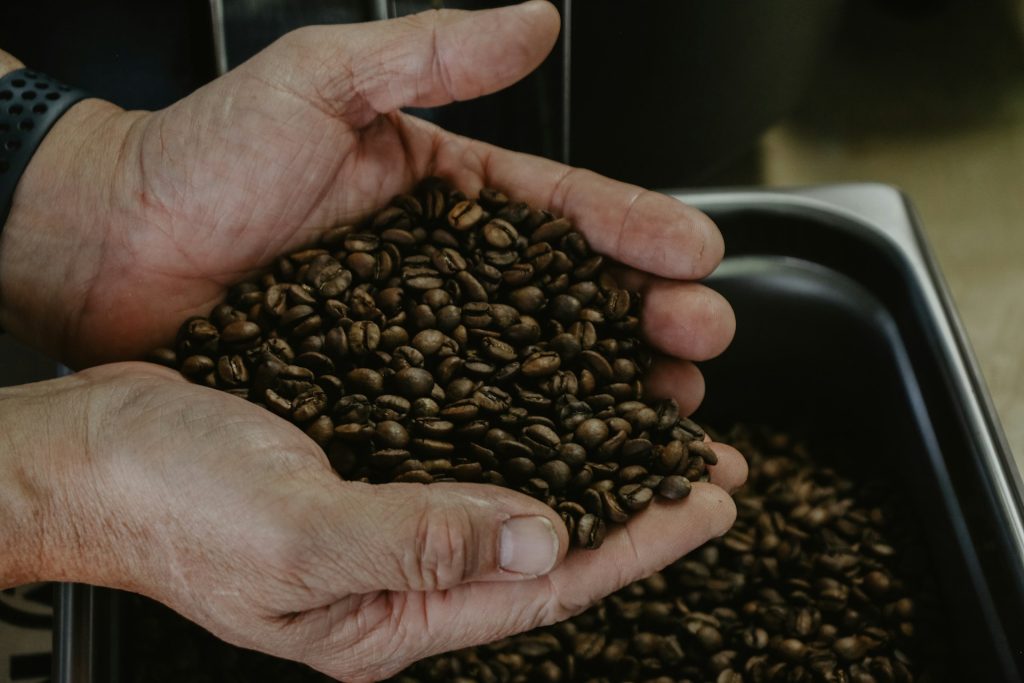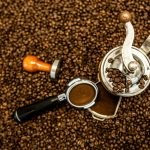Table of Contents
Ever picked up a bag of coffee and felt like you needed a dictionary to understand it? Words like “single-origin,” “fair trade,” or “natural process” might sound impressive, but what do they actually mean? Decoding these terms can make your coffee choices easier and more enjoyable. Let’s break down the buzzwords and help you choose the perfect brew for your next cup.
1. Single-Origin
This simply means the coffee beans come from one specific region, farm, or cooperative. Single-origin coffees are like a taste tour of the world, offering unique flavors influenced by their local environment, also known as terroir. A coffee labeled “Ethiopian Yirgacheffe” will likely have bright, citrusy notes because of its region. If you love discovering new tastes, single-origin is for you.
2. Blend

A blend is a mix of beans from different regions or farms, designed to create a balanced or consistent flavor. Most coffee blends are crafted for a smooth taste or to suit specific brewing methods, like espresso. While single-origin offers unique experiences, blends are reliable crowd-pleasers.
3. Arabica vs Robusta
These are the two main types of coffee beans.
- Arabica: Known for its smooth, complex flavors and often considered higher quality. It’s more expensive because it’s harder to grow.
- Robusta: Bolder, more bitter, and contains more caffeine. It’s often used in instant coffee or espresso blends for added strength.
If you prefer a nuanced, aromatic cup, go for Arabica. If you like a strong, punchy brew, Robusta might be your style.
4. Fair Trade
Fair trade is a certification that guarantees farmers are paid fairly for their coffee. It promotes ethical practices, sustainable farming, and better living conditions for producers. When you buy fair trade coffee, you’re supporting farmers and their communities while enjoying a guilt-free cup.
5. Organic
Organic coffee is grown without synthetic fertilizers, pesticides, or herbicides. This is better for the environment and may result in a cleaner, fresher taste. Look for the organic certification if you prioritize sustainability and natural farming practices.
6. Shade-Grown
Shade-grown coffee is cultivated under the canopy of larger trees instead of direct sunlight. This method supports biodiversity, preserves ecosystems, and often results in beans with richer flavors. By choosing shade-grown coffee, you’re helping to protect wildlife habitats while enjoying a tastier brew.
7. Natural Process (Dry-Processed)
In the natural process, coffee beans are dried inside the fruit before being processed. This traditional method imparts bold, fruity flavors that stand out in the cup. Often associated with sweet, jammy notes, it’s perfect for coffee lovers seeking vibrant, unconventional flavors. Natural processing requires skillful handling to ensure the beans don’t over-ferment, making it an artisanal approach. Look for natural process on the label if you want a coffee that’s rich in fruit-forward complexity.
8. Washed Process (Wet-Processed)
Washed, or wet-processed, coffee involves removing the fruit from the beans before fermentation and washing. This meticulous method produces clean, bright flavors with a crisp acidity. It’s favored by many for its consistency and ability to showcase a bean’s intrinsic characteristics. If you enjoy coffee that tastes light, refreshing, and well-balanced, washed coffees are an excellent choice. This process highlights subtle nuances, perfect for those who appreciate clarity and elegance in their cup.
9. Honey Process
Honey processing strikes a balance between natural and washed methods. During this process, the sticky fruit pulp (often called “honey”) is left partially intact while the beans dry. This technique gives the coffee a sweet, balanced flavor with mild acidity and a silky body. Honey-processed beans are ideal for those who enjoy a rich, syrupy cup with layers of complexity. The name “honey” refers to the sticky texture, not the addition of actual honey.
10. Roast Levels: Light, Medium, Dark

Roast levels influence the flavor and aroma of your coffee.
- Light Roast: Preserves the original bean flavors, often fruity or floral with high acidity.
- Medium Roast: Balances sweetness, acidity, and body, making it a crowd-pleaser.
- Dark Roast: Offers bold, smoky flavors with less acidity, ideal for strong coffee lovers.
Choose your roast level based on whether you prefer a brighter, lighter taste or a richer, deeper brew.
11. Specialty Coffee
Specialty coffee refers to beans graded above 80 points on a 100-point scale by certified tasters. This label means the coffee meets high-quality standards, from sourcing and roasting to flavor. Specialty coffee often comes with detailed information about its origin and processing, helping you understand exactly what you’re drinking.
12. Microlot
Microlot coffee comes from a small, carefully selected area of a farm, often cultivated with exceptional attention to detail and quality. These unique batches showcase distinctive flavor profiles, reflecting their specific growing conditions. They’re rare, high-quality, and often considered the pinnacle of specialty coffee. Limited availability makes every sip a treasure worth savoring.
13. Altitude
Labels mentioning altitude tell you the elevation where the coffee was grown, which significantly impacts its quality and flavor complexity. Higher altitudes (above 4,000 feet) produce slower-growing beans, resulting in denser, more nuanced flavors. Coffee grown at these heights often boasts bright acidity, floral aromas, and vibrant, intricate notes that coffee enthusiasts adore.
14. Cupping Notes
Ever seen labels that say “chocolaty,” “floral,” or “citrusy”? These cupping notes highlight the natural flavor characteristics developed through origin, processing, and roasting. They provide a preview of what you can expect in your cup. By understanding these descriptors, you can choose coffees that match your taste preferences and enhance your overall coffee experience.
15. Roast Date
Roast dates indicate when the coffee was roasted, a crucial factor for ensuring freshness and optimal flavor. Coffee tastes best within 2-4 weeks after roasting, when its aroma and flavors are at their peak. Prioritizing fresh roast dates helps you enjoy the rich complexity, vibrant taste, and delightful experience of high-quality coffee.
Why This Matters
Understanding coffee labels is like unlocking a new level of appreciation for your daily brew. You’re no longer just buying a random bag; you’re choosing based on flavor, ethics, and quality. Whether you’re drawn to a single-origin Ethiopian or a shade-grown organic blend, knowing these terms helps you get the most out of every sip.
A Smarter Way to Shop Coffee

The next time you stand in front of a shelf of coffee bags, you’ll be equipped to make a choice that suits your taste and values. Look for the details that matter to you, whether it’s ethical sourcing, unique flavors, or fresh roast dates. With every cup, you’ll not only enjoy great coffee but also gain a deeper connection to the journey behind it.

I’m Audrey, a dedicated mother of teenagers with an insatiable love for coffee. On BeanBrewLove.com, I intertwine my need for caffeine with reflections on life. Whether expressing a nostalgic sentiment or injecting a hint of sarcasm, my blog is a reservoir of coffee culture, brewing techniques, and global coffee reviews.




